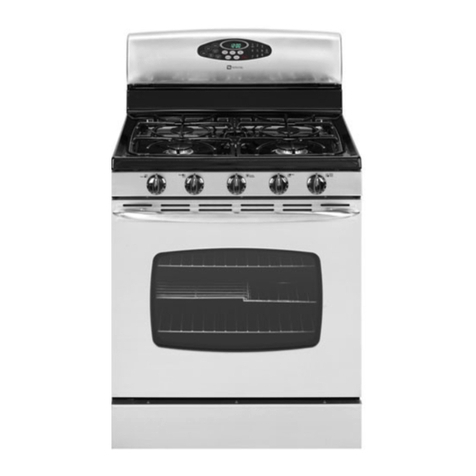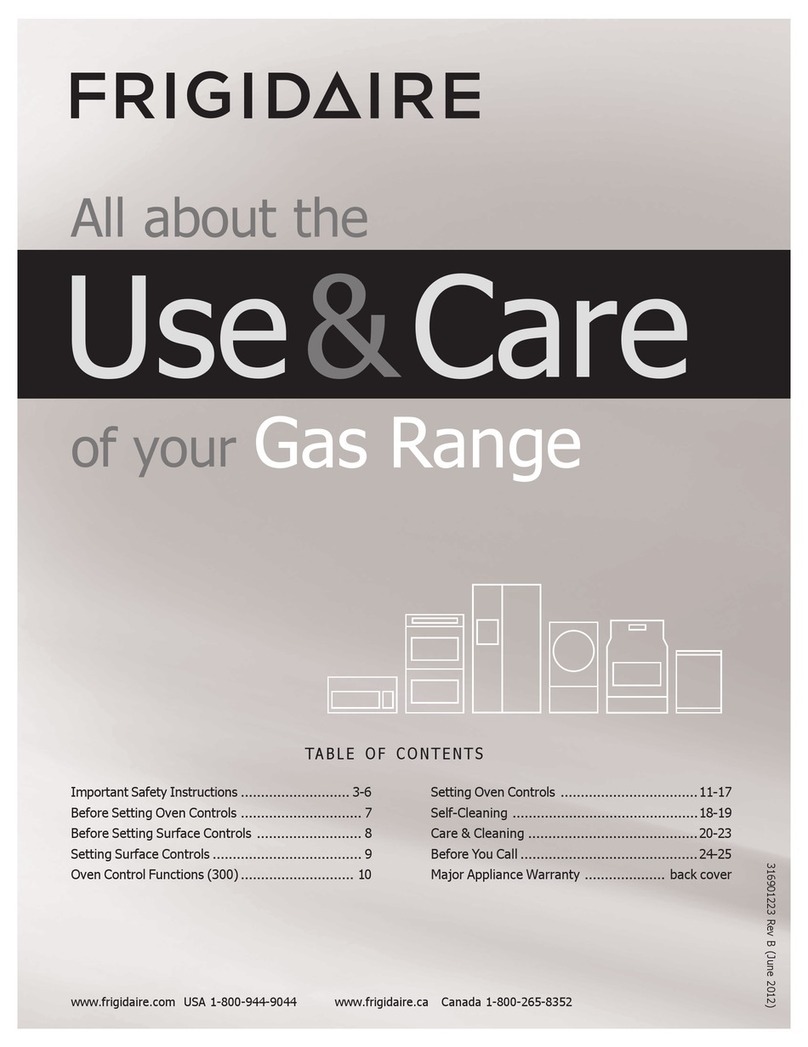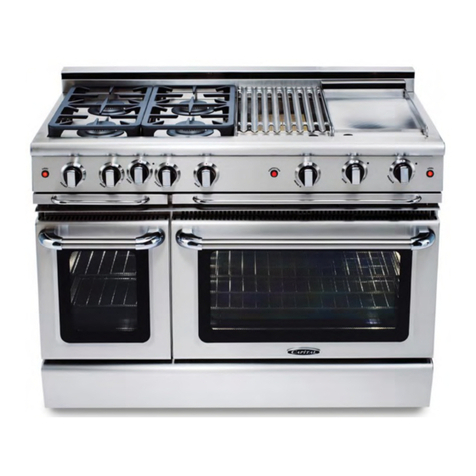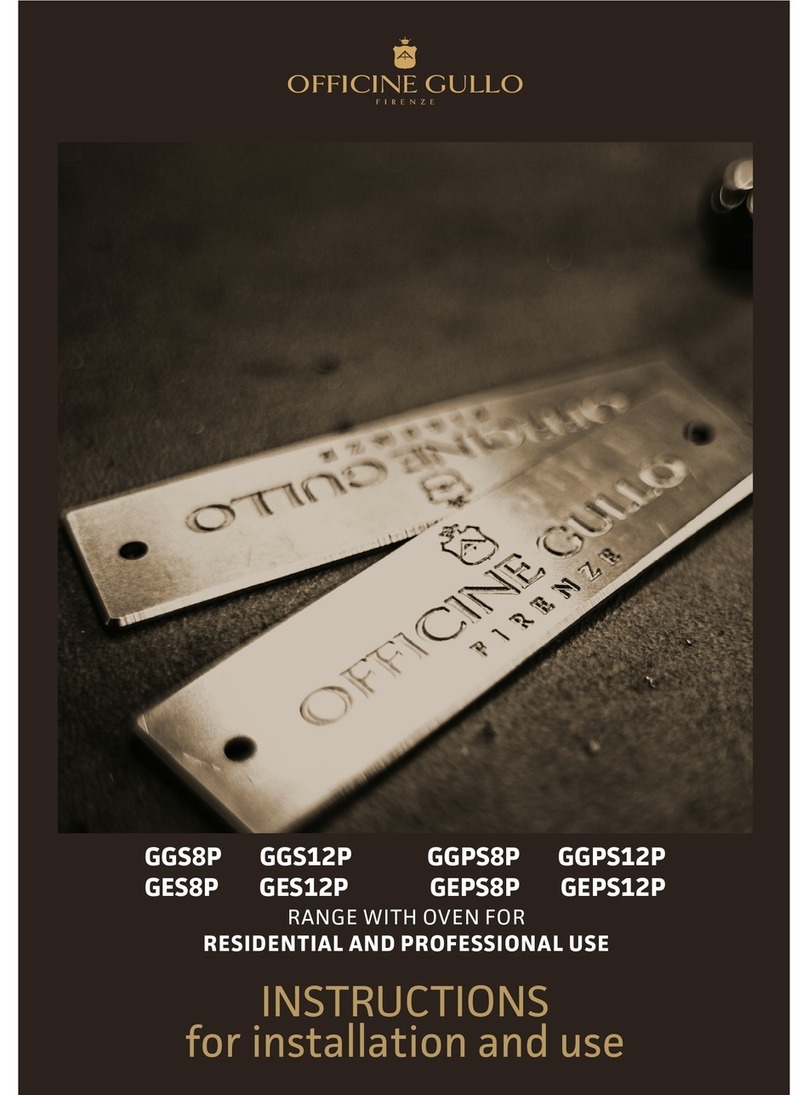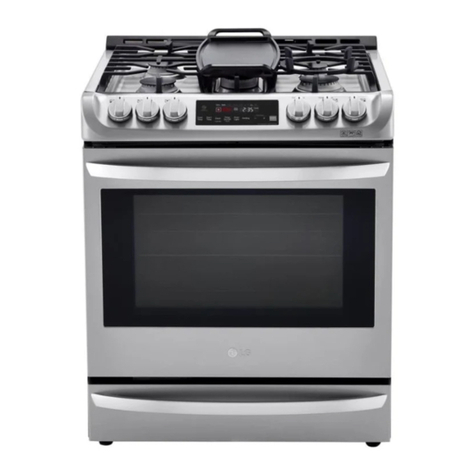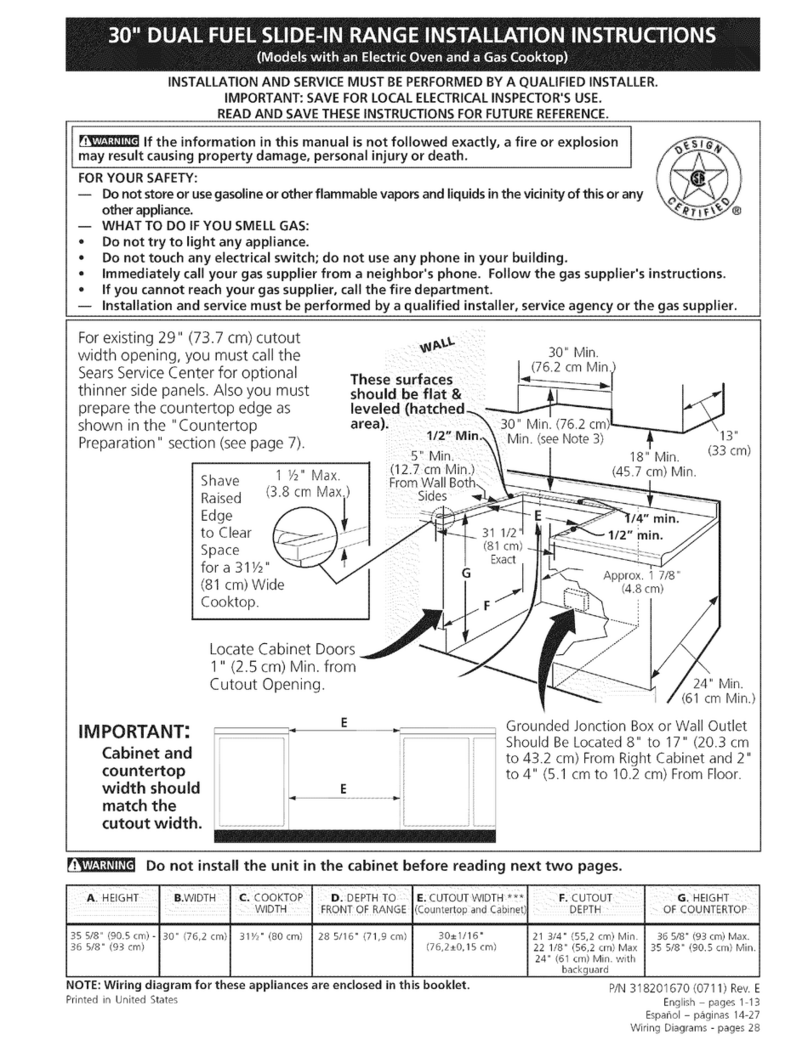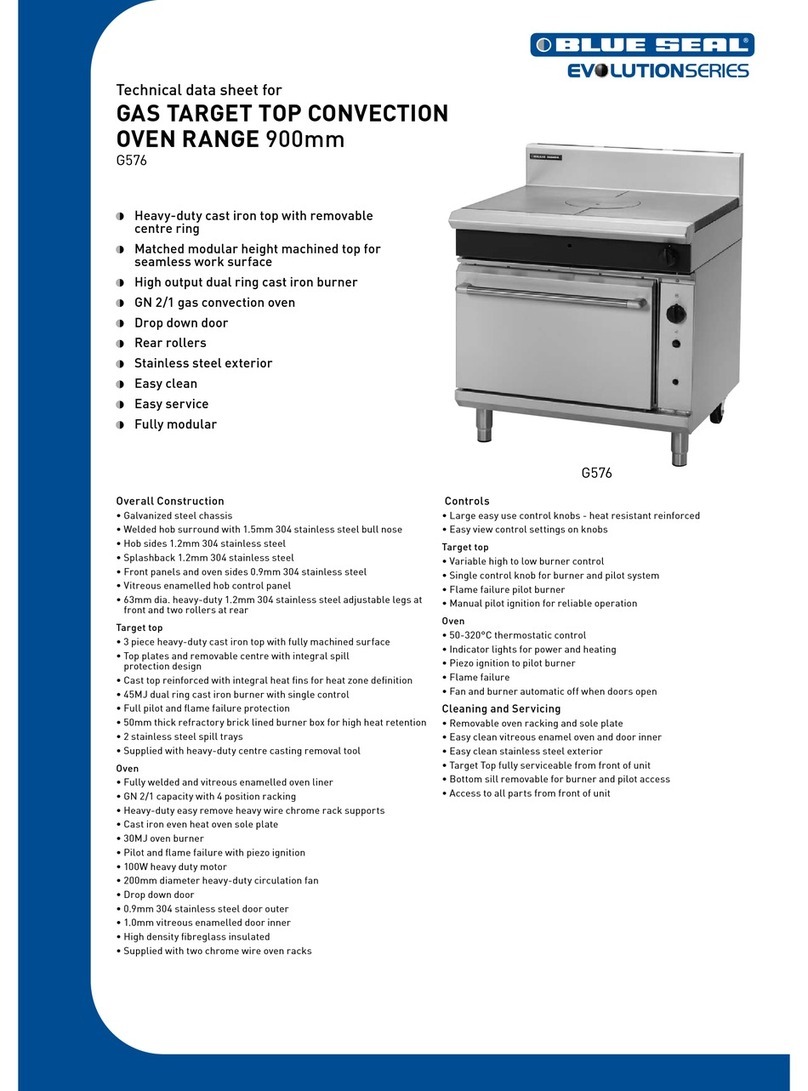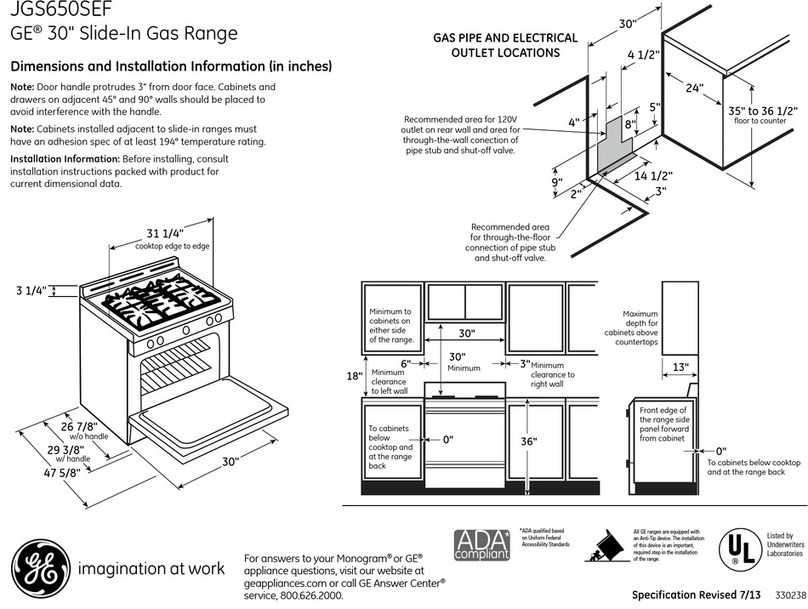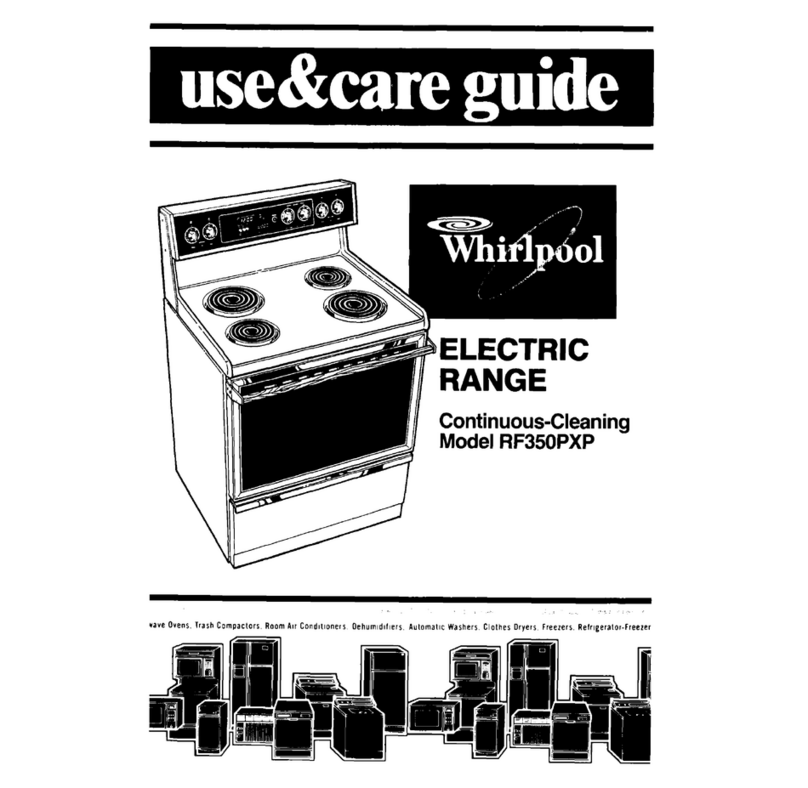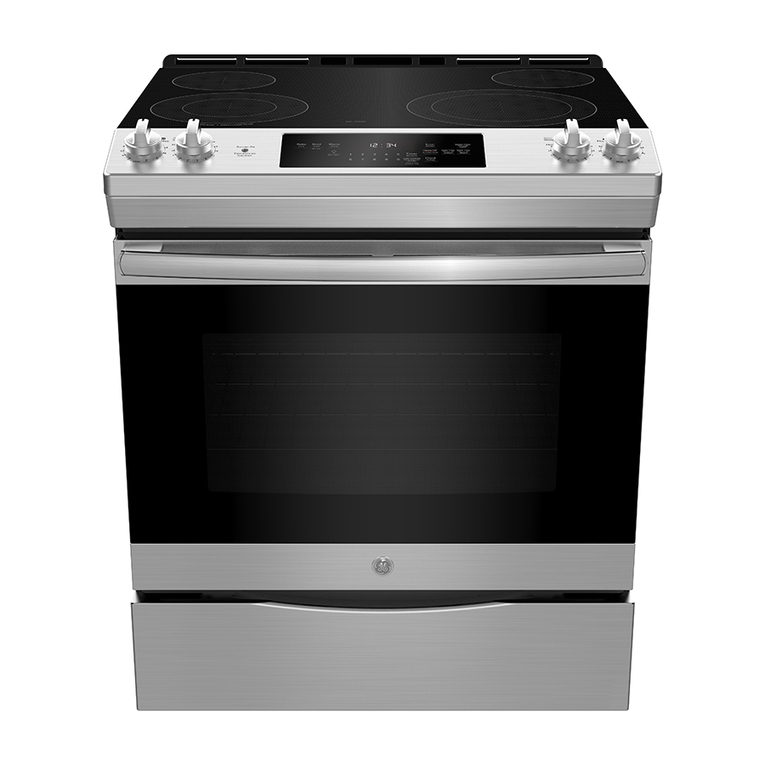4
Safety - Installation
Safety - Ventilation
INTRODUCTION AND SAFETY
F2 Fires Limited and Paul Agnew Designs have created this stove to exceed our customers’
expectations. Functionality, design and high quality are the main priorities for our entire range
of superior appliances and related products. It is our extensive experience and knowledge that
ensures your home will be warm and cosy for many years to come. Sitting in the light and warmth
of the re, you will understand that we simply Create Atmosphere.
This manual is for the 5kW Ion Stove, which is designed to be used as a Freestanding stove.
Throughout this manual, we will refer to this model as the ‘appliance’. To further appreciate your
new appliance please read the following carefully:
This appliance is designed, tested and manufactured as a closed stove for burning wood to
BSEN13240 standard, smokeless fuel and anthracite. F2 Fires recommends that this appliance
is installed by a HETAS registered installation engineer or a competent person only and failure
to comply will invalidate your warranty.
Installation of your appliance must comply with all local building regulations, including those referring to UK
National and European Standards. We advise prior to any installation that a full site survey is conducted by a
qualied installation engineer, recognised within an industry standard such as NACS or HETAS, to check the
suitability of your chimney and appliance beforehand.
Within the UK, Document J of the Building Regulations contains further information regarding the installation
of solid fuel appliances. This can be viewed by searching for ‘Planning Approved Document J’ online at
www.gov.uk within the United Kingdom. You should also check the relevant planning and building regulations
in your own country and your local area, as they may differ from UK National regulations.
In order for smoke to be drawn up the chimney, the correct amount of ventilation is required. A chimney requires
air movement to work correctly, which is not possible if there is an inadequate source of air. Prior to installation,
you should ensure that your appliance has the correct conditions in order to operate as intended.
Other heating appliances that also require air for combustion should not be used in the same room as this
appliance, unless adequate additional ventilation is provided.
For combustion and the evacuation of dangerous ue gases, this appliance requires a supply of air. Without
adequate air supply, the appliance will not operate correctly and smoke may escape back out into your house.
Any air inlet grilles should be positioned so that they are not liable to becoming blocked. Ongoing maintenance
of the air inlet systems is essential to ensure the continued safe operation of this appliance.
An air extraction device should not be used in the same room as this appliance, unless adequate additional
ventilation is provided. Extractor fans when operating in the same room or space as the appliance may cause
problems with the extraction of dangerous ue gases.
